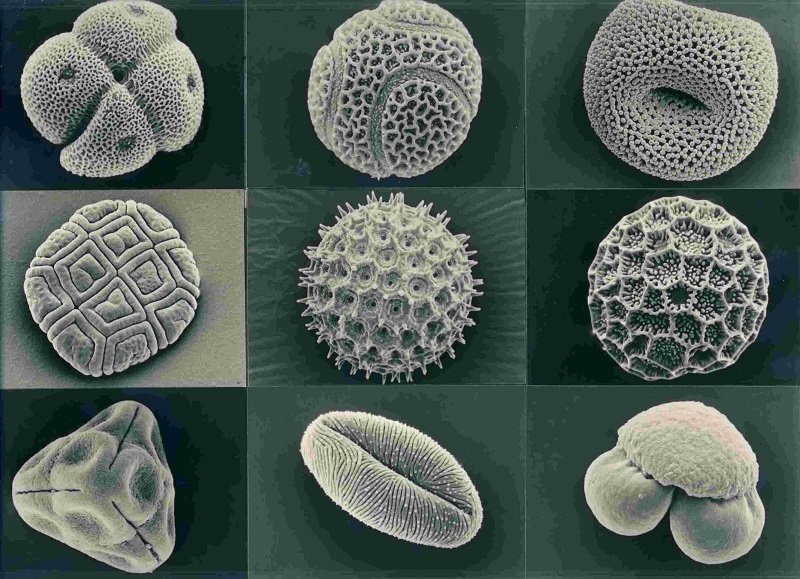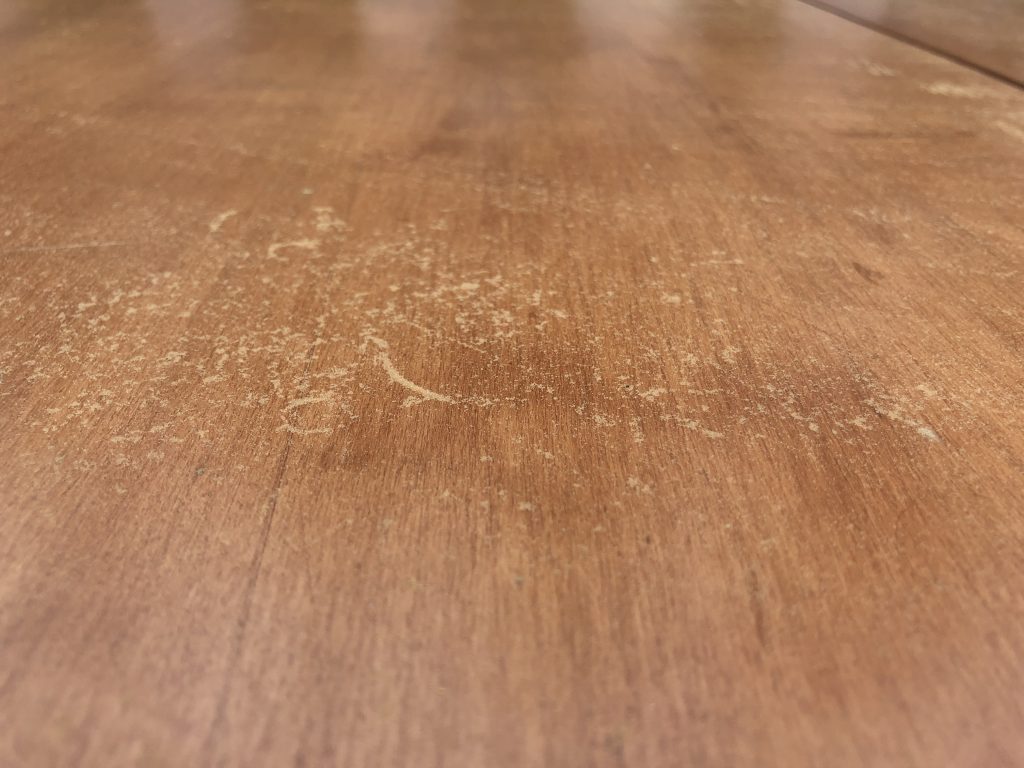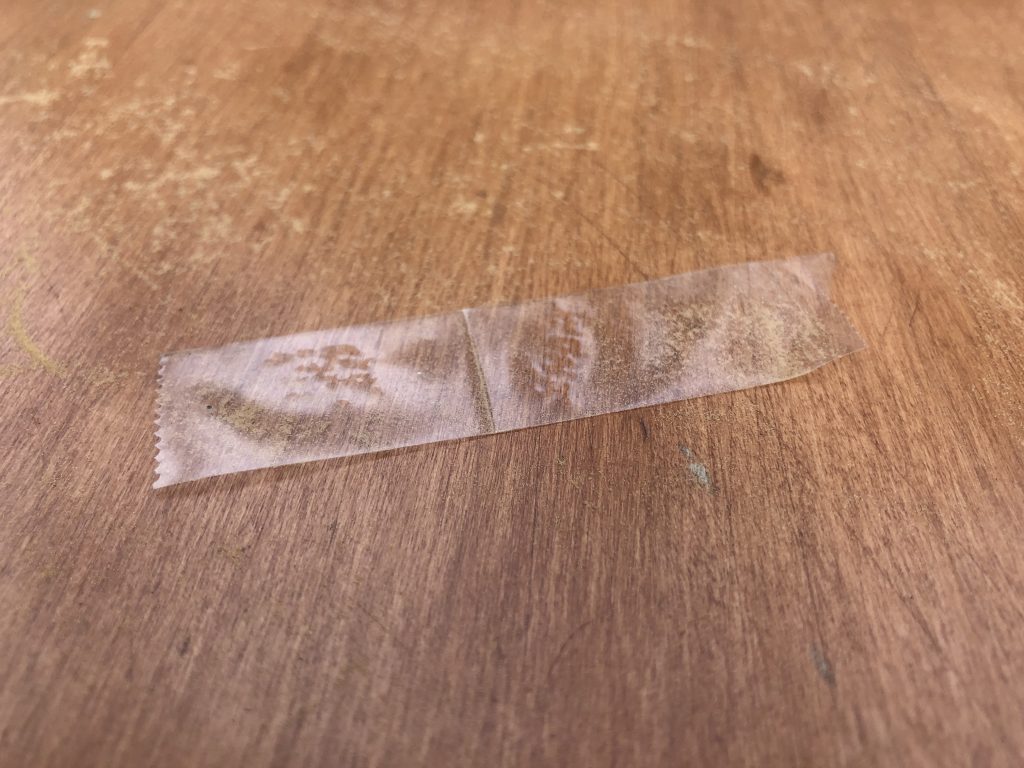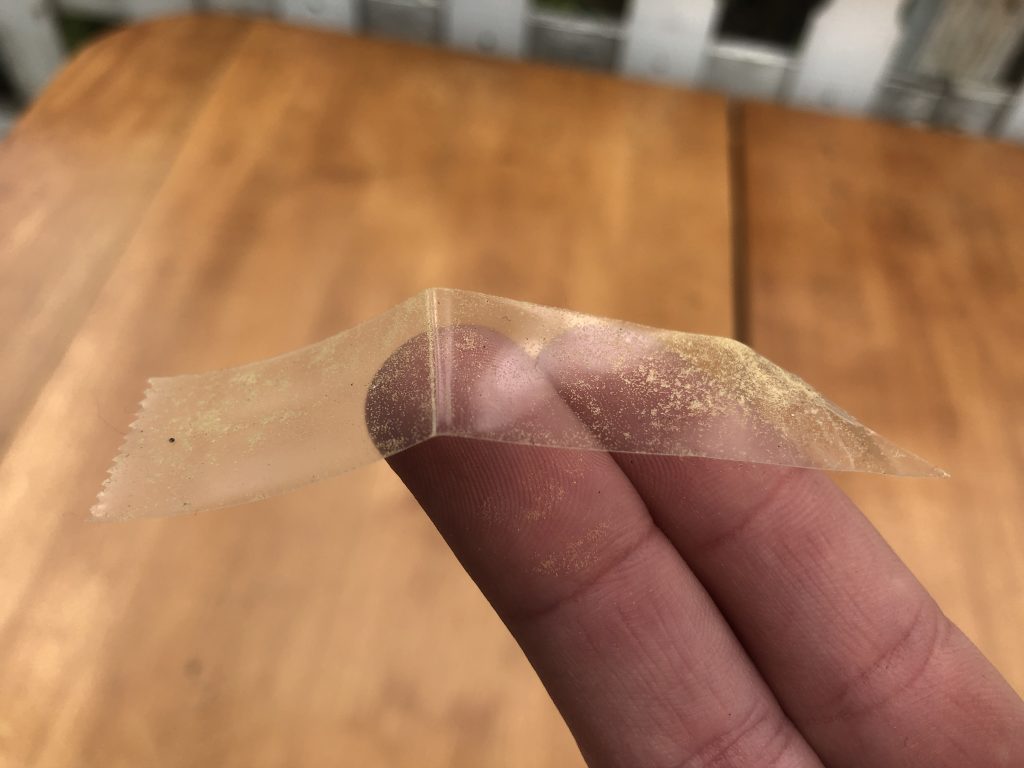Submitted by South Sound GREEN
In the face of COVID-19 and recent stay at home order, parents and guardians may find themselves looking for activities that not only keep students engaged, but also provides information about local environmental science and concerns. In our South Sound GREEN Home Based Science Project series, we will introduce and demonstrate various hands-on and at-home activities for children of all ages to do either indoors or outside!
 This time we are going to talk about pollen – where it comes from, what it does, and how we can observe it!
This time we are going to talk about pollen – where it comes from, what it does, and how we can observe it!
Pollen, Pollen Everywhere
Grade Level: K-5
Materials:
- Clear tape
- Ruler/tape measure
- (Optional) Magnifying glass (or microscope, if you have one!)
Background
If you’ve been outside at all this spring, you might have noticed some changes within your body, including itchy eyes, runny nose, and sneezing. Sound familiar? That’s because a lot of people have seasonal allergies that pop up around this time of year. But what in the air could be causing so many problems for so many humans? The answer is pollen!
![]() Pollen is a powdery substance that is produced by the male parts of some plants (did you know plants have male and female parts?) for reproductive purposes. Pollen is released in the spring to help plants fertilize other plants, resulting in more plants growing in the future. An unfortunate side effect of this pollen is an allergic reaction in most humans, but it’s a worthy price to pay. Without pollen this year, we wouldn’t have plants at all next year!
Pollen is a powdery substance that is produced by the male parts of some plants (did you know plants have male and female parts?) for reproductive purposes. Pollen is released in the spring to help plants fertilize other plants, resulting in more plants growing in the future. An unfortunate side effect of this pollen is an allergic reaction in most humans, but it’s a worthy price to pay. Without pollen this year, we wouldn’t have plants at all next year!
Plants have a few tricks to help with spreading pollen around. One is that pollen is incredibly lightweight – any wind or physical interaction can cause a plant to drop pollen, and it will be carried far and wide. Another trick is to use animals to help with cross pollination, or when certain species of plants help fertilize other species of plants, and in doing so potentially creating a new, hybrid plant. Bees are especially useful for this, and plants lure bees with brightly colored flowers. That’s why flowers are so beautiful! Without bees, many plant species would be unable to reproduce or cross pollinate.

Knowing how much pollen is present on a given day is important for both plants, who need it to reproduce, and humans, who might be worried about allergic reactions. Scientists use a special device to measure a pollen count, or how many pollen spores are present in a 24-hour period. Here, we’ll show you how to keep track of pollen yourself!
Procedure
- Find an outdoor surface that appears to have pollen present. This can include a table, a chair, a door, or even a plate that you leave outside for an hour.

- Using a ruler or a tape measure, measure out two inches of clear tape. It is important to keep the length of tape consistent for this activity!
- Place the tape sticky side down on top of your surface of choice, and press down so that all of the surface of the tape is in contact with the surface.

- Pull the tape off the surface. Do you see any yellow or tan spots on the tape? That’s pollen!

- Using a magnifying glass or microscope (if you have one), count every spot of pollen that you see. If there is too much pollen to count, estimate how much of the tape is covered by pollen. Is it half covered (50%)? Is it a quarter covered (25%)? Record your result.
- Find another surface, and try again with a new piece of tape. What surfaces collect more or less pollen? Are there any surfaces that don’t collect pollen?
- Try out your tests on a different day. Did the pollen count increase or decrease? If you have allergies, did you notice any changes between the two observation days?
- Bonus: how quickly does pollen accumulate? Using a piece of double sided tape (or a piece of single sided tape, carefully placed sticky side up), stick it on a clean plate and place it outside. Start a timer for 15 minutes. When the timer ends, bring the plate back inside and count the pollen.
Vocabulary
- Cross Pollination: When certain species of plants fertilize other species of plants
- Hybrid: An offspring that combines the qualities of its two parent organisms
- Pollen: A powdery substance that is produced by the male parts of some plants for reproductive purposes
Keep Learning!
- Find the actual local pollen count here!
- Want to learn more about bees? Find more resources and activities here!
- Learn how to plant a bee garden and help our bee communities!
- Don’t have a magnifying glass? Learn how to make one!
- Share your results with us on Instagram! Use the hashtag #GREENfromhome or find us at @southsoundgreen.
South Sound GREEN (Global Rivers Environmental Education Network) is a watershed education program in Thurston County that educates, empowers and connects thousands of local students in watershed studies annually. Through South Sound GREEN, participants engage in science and engineering practices related to water quality in South Sound. For more information, visit southsoundgreen.org.


















































